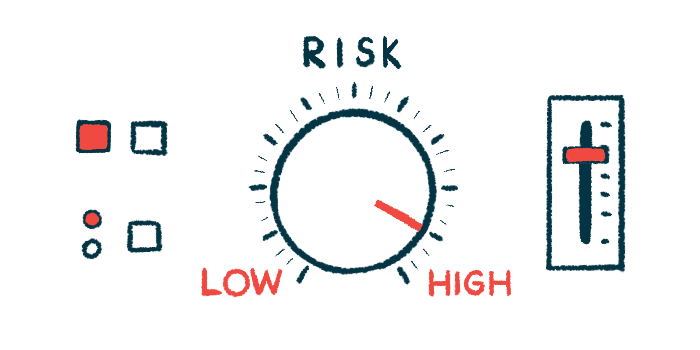Myasthenia gravis fatigue tied to worsening, crises, diagnosis delays
German registry study found more than 58% of patients had fatigue

More than half of myasthenia gravis (MG) patients have fatigue, the severity of which is strongly correlated with their history of exacerbations, that is episodes when their disease worsens, and/or crises, along with delays in their diagnosis.
That’s according to a nationwide registry study in Germany that found that women with MG and those with depression, anxiety, or sleep problems were more likely to have fatigue.
The study, “Fatigue and associated factors in myasthenia gravis: a nationwide registry study,” was published in the Journal of Neurology as a letter to the editor.
MG is an autoimmune disease wherein impairments in nerve-muscle communication are driven by self-reactive antibodies that target and disrupt the function of specific proteins involved in the process. Most often, MG-causing autoantibodies target acetylcholine receptors (AChRs) or a protein called muscle-specific kinase (MuSK). In rarer cases, patients may have self-reactive antibodies against other proteins, such as lipoprotein receptor-related protein 4 (LRP4), or they may be classified as seronegative if no autoantibodies are detected.
Issues in nerve-muscle communication lead to muscle weakness and fatigue, the key hallmark symptoms of MG. While fatigue is a common feature of the disease — previous studies indicate up to 80% of patients experience it to some degree — the specific factors that contribute to it developing aren’t yet fully known.
Here, researchers reported the findings of a nationwide cross-sectional registry study that sought to evaluate fatigue and its associated factors in MG patients. The study included people with a confirmed diagnosis of MG who were recruited to take part in the German MG registry (MyaReg) between February 2019 and April 2023.
Fatigue in myasthenia gravis
The study included 1,464 patients, 56.7% of whom were women. The patients had a mean age of 58.4 and 67.5% had autoantibodies targeting AChRs. About a quarter of the patients were seronegative.
The frequency and severity of fatigue was determined using the Chalder Fatigue Questionnaire (CFQ), an 11-item survey that evaluates the physical and mental aspects of fatigue. Higher scores indicate worse fatigue.
Investigators also used several patient- and physician-reported outcome measures of MG severity, including the MG Activities of Daily Living and the Quantitative MG. They also used several validated tools to evaluate the presence of depression and anxiety, along with the severity of sleep problems.
In total, 58.8% of patients had symptoms of fatigue. Patients’ mean CFQ was 16, indicating high fatigue severity.
A positive and significant correlation was seen between the scores of the different measures of MG severity and fatigue, meaning fatigue tended to be more severe among those with more severe disease.
Fatigue severity also varied depending on antibodies. Patients with self-reactive antibodies targeting LRP4 had the highest median CFQ score (20.5), followed by those who were seronegative (18). Those with anti-AChR antibodies had the lowest median CFQ score, at 15.
Depression, anxiety, sleep dissatisfaction, a history of MG exacerbations or crises, being female, and having a diagnosis delay of more than a year were all significantly associated with higher fatigue severity, statistical analyses showed.
While the relationship between fatigue and being female, depressive symptoms, and sleep problems have been reported, here, “two previously unrecognized modifiable factors were specifically related to fatigue severity in MG: a history of MG exacerbation/crisis and a delay in diagnosing MG,” wrote the researchers, who said studies that track changes over time will help to “better identify risk factors for developing fatigue and effective strategies to limit fatigue-associated disease burden in MG.”






